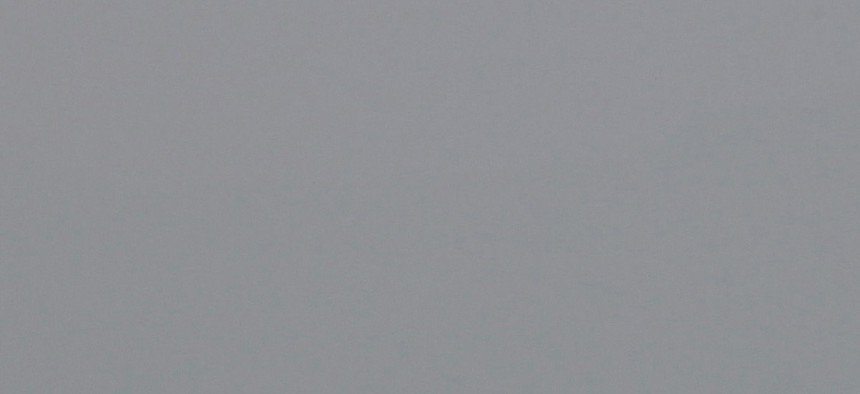
A Hong Kong fishing vessel carrying activists sets sail for the disputed Diaoyu Island in the East China Sea. Kin Cheung/AP
How China's Enormous Fishing Fleet Is Being Used As a Surrogate Navy
Beijing seems to be sending its fishermen to work in disputed waters for not only economic and commercial reasons, but geopolitical ones as well. By Adam Pasnick
China has a lot of fishermen—with 695,555 vessels, its commercial fishing fleet is more than double the size (pdf, pg. 36) of the next biggest, from Japan. That’s primarily because China eats a lot of fish per capita, and catches more fish than any other country in the world by a huge margin.

But it’s not just about keeping Chinese bellies full. According to an excellent in-depth report from Reuters , Beijing is increasingly equipping fishing boats with geolocation devices, filling them up with subsidized fuel, and dispatching them to the disputed waters of the South China Sea, where they are clashing with rival fishermen from Vietnam and the Philippines.
When China stationed an oil rig near the Paracel Islands in May, provoking violent anti-Chinese riots in Vietnam, Chinese fishing boats were part of the ad hoc armada protecting the rig (which was later withdrawn ). At one point a Chinese fishing vessel rammed and sunk one of its Vietnamese counterparts (paywall), according to video evidence published by Hanoi.

“It’s pretty clear that the Chinese fishing fleet is being encouraged to fish in disputed waters,” Alan Dupont, a professor of international security at the University of New South Wales in Australia, told Reuters. “I think that’s now become policy as distinct from an opportunistic thing, and that the government is encouraging its fishing fleet to do this for geopolitical as well as economic and commercial reasons.”
China has laid claim to about 90% of the South China Sea , most notably the tiny island chains know as the Spratlys and Paracels, which are claimed by the Philippines and Vietnam, respectively, along with many other countries in the region. The disputes encompasses issues of sovereignty and energy exploration, but it’s also about fishing rights. And as China’s near coastal waters become increasingly over-fished , its vast armada of fishing boats will have to travel even further to fill their nets, to sate their countrymen’s ever-growing hunger for seafood.
By 2030, the UN projects that China’s fish consumption will increase more than 60% from 2008 levels, to 57.4 million tonnes (63.3 million tons)— more than a third of the global total (pdf, pg. 205).




